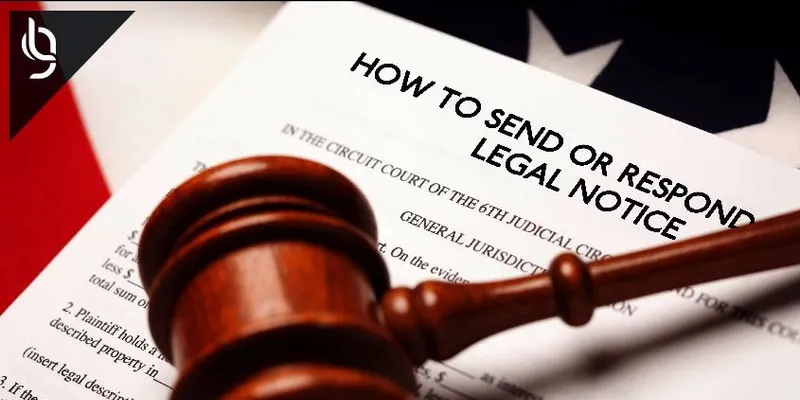

You need to know: How to send or respond to a legal notice
You need to know Steps to Reply to a Legal Notice and Steps to send a Legal Notice.The legal notice must be drafted in a precise court format.
Implications of a Legal Notice
For the sender: A legal notice provides a medium to the sender to communicate his grievances and nuances to the receiver. It is basically a warning to the receiver that if he does not take the necessary action to pacify the sender then a legal recourse may be taken against him.
e.g. In the instance of Dishonour of a Cheque, it is a mandate by the law to send a legal notice to the drawer before instituting a suit against him.
For the Receiver: A legal notice provides the receiver with an information about the grievances of the receiver. It expresses the sender’s grievances and often helps simplify legal issues.
The Court considers an unanswered legal notice as the basis of default and suspicion on the receiver’s part.
Steps to send a Legal Notice
A legal Notice can be sent for various reasons like to recover money, avail services offered and not provided, evict a tenant, against a negligence of the authorities etc.
The legal notice must be drafted in a precise court format and can be sent through an advocate or by the individual himself.
It must be directly addressed to the receiver and must be sent to his place of work or his place of residence through registered post.
A brief yet clear account of the events that led to sending of the notice must be given.
All previous communications pertaining to the notice must be clearly mentioned.
A reasonable time must be given to receiver to appease sender of the notice before any legal action be initiated against him.
A time period i.e. 30 to 60 days must be given to the receiver to either send a reply notice or for negotiating or performing the necessary action.
The sender must keep a duplicate copy of the notice.
Essentially all legal notices have a similar format with minor differences.
Steps to Reply to a Legal Notice
Following are a few simple steps one must take on receiving a legal notice:
Read the Notice carefully for what it implies and what actions need to be taken, be it a reply to the notice or some other action. For e.g. In a case of notice regarding Dishonour of a cheque is concerned one can simply settle the sums that need payment.
Consult an experienced lawyer and provide him with all the necessary information to draft a reply notice on your behalf.
Now the sender of the notice may either choose to settle the matter outside court or institute a suit in court. In either of the cases keep your lawyer well informed so that you have the available assistance needed.




![Microsoft Excel: [SOLVED] Excel File Slow To Respond Issue](https://images.yourstory.com/assets/images/placeholder.png)

